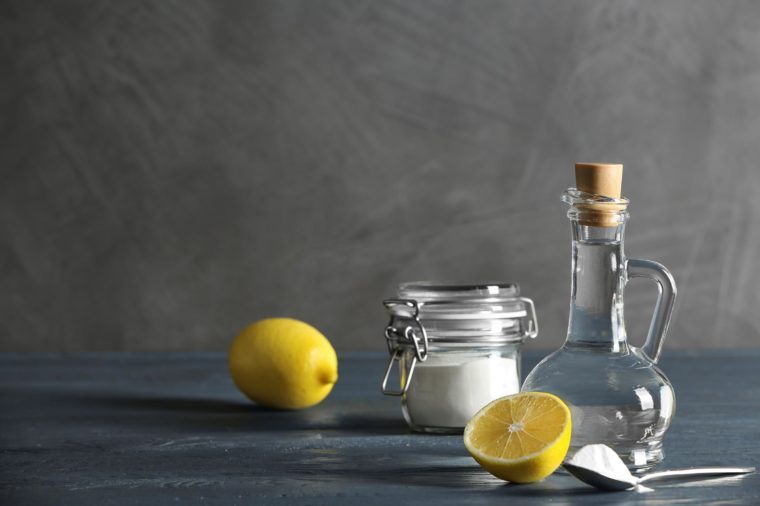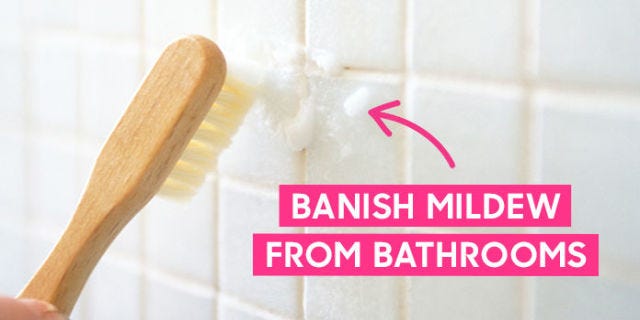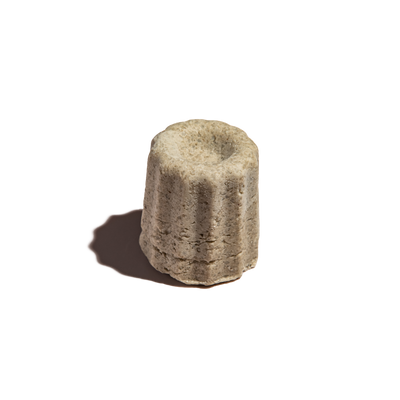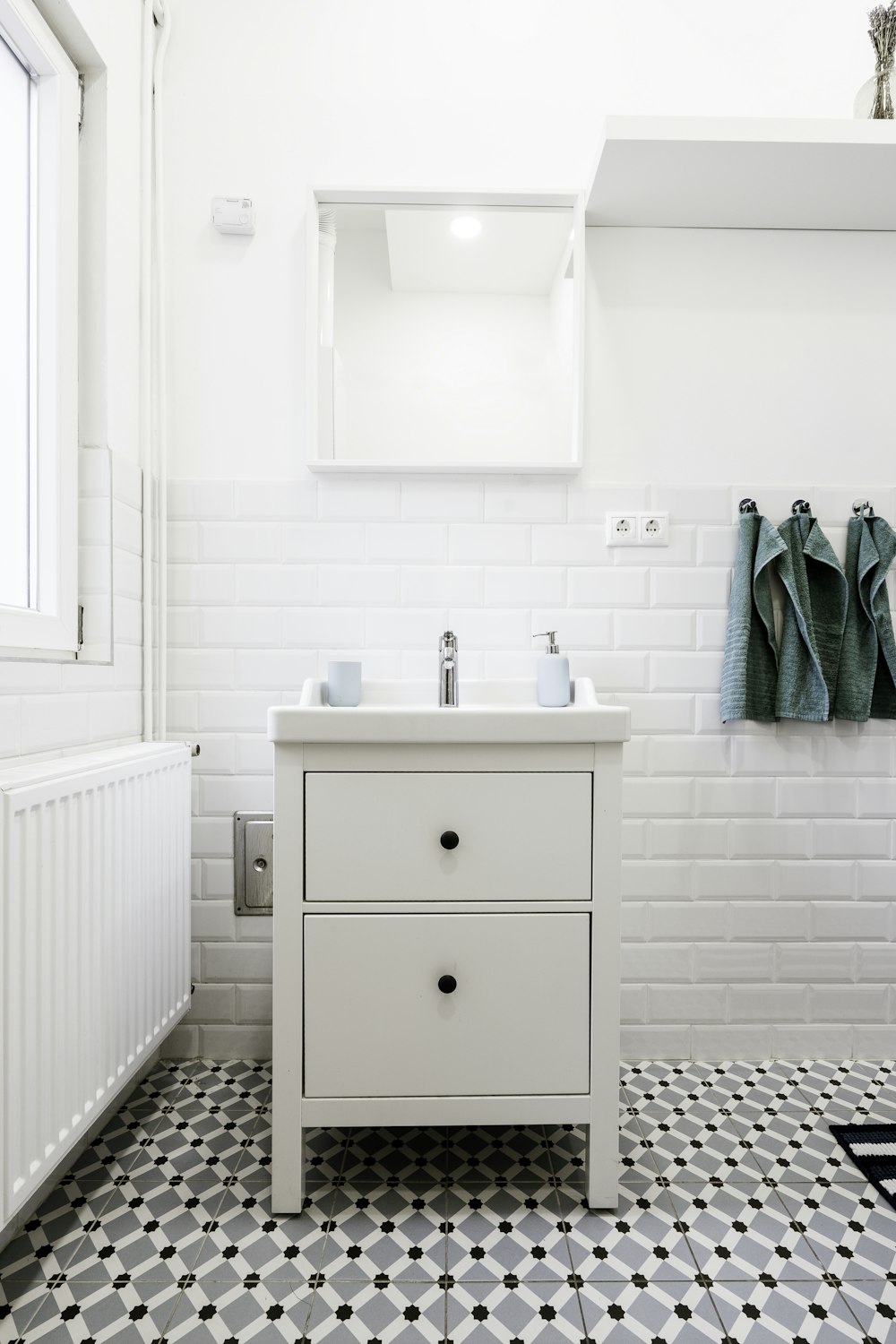DIY beauty - Baking Soda. 3 min read
Now that most of you are facing the WFH arrangement, you might be googling for natural remedies to treat your skin, and what better place to start than your kitchen pantry right? Google and natural ingredients, your 2 best friends!
We wanted to talk about one ingredient that keeps popping up - baking soda - and highlight the possible risks that can come with following unverified internet recipes, and where you can safely use it.
Ran out of shampoo? Need a quick facial exfoliation? Need your sink to sparkle? Google says to mix baking soda with water and you've got your fix. Sounds like magic powder. Only that this is great on surfaces, but less so on your skin and scalp.
BAKING SODA ON SKIN
Do-not-go-there. Why? To put it simply, baking soda is extremely alkaline (pH 8 to 9) and our natural skin pH is acidic (pH 4.7 to 5.75). Hence, applying baking soda will alter our skin's pH, and disrupt the good bacteria on the surface that helps to prevent infection and breakouts. Most people don’t know that they are sensitive to baking soda until they begin applying it directly to their skin, and start to notice raised armpit rashes, itchiness and even burning for some. Baking soda can creep up even in some natural brands - commonly in deodorants. (We make ours without baking soda! Check them out here!) Always read your labels, even products made by vegan brands!
PS: Look out for this ingredient - sodium bicarbonate
DIAGRAM OF YOUR HAIR STRAND
Image credit: Hairstyle Blog
BAKING SODA ON HAIR
No. Just no. Just like our skin, our scalp is acidic (around 4.5-5.5) and our hair strands are even more acidic (at 3.5). Apart from possibly making the scalp dry and irritated, the effect on the hair cuticles is actually pretty frightful. See the diagram above? Those roof-like things are our hair cuticles, which act as a protective layer shielding our hair strands from damage. When it comes into contact with an alkaline solution, the cuticles will be raised.
Effects of raised cuticles
1) Exposes the hair strand to bacteria and breakage
2) Increases negative electrical charge of the hair fibre surface, causing friction and ultimately, damage to the hair strands. (A brainy research study was published on this subject and you can access the report here)
To summarise, you're air-frying your hair!
It is timely that we remind you about using bar soaps on your hair. It gives the same effect because they are made with lye, a pH 14 ingredient, and even if they are blended with butters, oils and citric acid to lower the pH, they will still ultimately be above 7. Why? Because anything below 7 and the soap turns back to oil again. It's chemistry.
To understand the difference between the different shampoo bars, click here for our post on this subject!
We found a blog of this girl whose hair became very brittle because of her foray into using baking soda and apple cider vinegar. You can read her account here

BAKING SODA ON SURFACES
Now this, it's a solid yes. It is mildly abrasive and can lift dirt for easy removal as a gentle scouring powder. Baking Soda is also effective as a cleaning agent for glass, chrome, steel, enamel and plastic.
Here are some quick recipes for how you can use baking soda around your house!
 Photo credit: Reader's Digest
Photo credit: Reader's Digest
Dustbin deodoriser
This is the simplest of our recipes. Just sprinkle a small amount of baking soda into the dustbin once a week to help absorb odours.
Disinfect cleaning cloths
Mix 1 tablespoon of baking soda in a bucket of warm water and soak the cloths in.

Photo credit: Good Housekeeping
Cleaning grout lines
Make a paste of baking soda and lemon juice. Apply the paste onto the grout lines and start brushing with an old toothbrush. Let sit several minutes and wipe off.
DIY Laundry liquid
Melt down 20g of soap flakes (we have the flakes here!) with 1 litre of hot water and add in 1 tablespoon of baking soda. Store this prepared mixture in a glass bottle to be used directly in your washing machine, or for hand-washing delicate fabrics. The addition of baking soda will help to boost colours and remove stains!
Photo credit: Bence Balla-Schottner
Unclog sink drains
Pour ½ cup of baking soda followed by ½ cup white distilled vinegar down the drain. Hear that satisfying fizz. Pour 1 litre of boiling hot water down the drain after.
Are there any other DIY beauty ingredients that you wish for us to discuss next? Put it in the comments box below!










Leave a comment